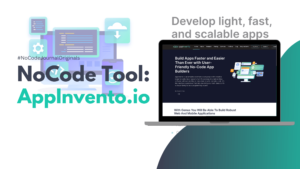The Evolving Landscape Of No-Code/Low-Code Platforms In 2023: Predictions
- Manish Balakrishnan
Technology has come a long way since the dawn of computing, and the advent of no-code/low-code platforms has been a game-changer for many industries. These platforms have levelled the playing field by empowering people with little to no coding experience to develop software and automate processes. As we approach 2023, the future of no-code/low-code development is looking bright. We can expect these platforms to continue their rapid growth and transformation as they become more sophisticated and flexible, enabling businesses to build custom solutions faster than ever before.
In this article, we’ll explore some of the top predictions for the future of no-code/low-code development.
Table of content:
1. Rise in citizen developers
2. Adoption of these platforms by larger enterprises
3. Increasingly integrate with other advanced technologies
4. Data Analysis and Visualization
5. The use of rapid prototyping and MVP development
6. Improving security and governance features
7. Specialized Platforms for Specific Industries
8. Integration with Traditional Software Development Tools
9. Conclusion
1. Rise in citizen developers
The tech industry has long been dominated by individuals with technical backgrounds, but that is slowly changing. A rise in citizen developers, people from non-technical backgrounds, is taking the application development process by storm. As no-code and low-code platforms become more intuitive, non-technical users can create custom applications and automate workflows independently, without relying on IT departments. The benefits of this trend are enormous. By empowering employees across different departments to build their solutions, organizations can accelerate innovation, cut costs, and optimize processes to achieve better outcomes. The democratization of application development is a game-changer and one that we should all keep a close eye on.
By 2026, a whopping 80% of low-code development tool users will be non-traditional IT developers, according to leading research firm Gartner.
2. Adoption of these platforms by larger enterprises
No-code and low-code platforms have been the go-to choice for small and mid-sized businesses for years. Their rapid development capabilities and ease of implementation have made them a popular option for companies looking for quick solutions. But as we look towards the future, we can expect a shift in the way larger enterprises approach these platforms. With benefits such as faster time-to-market and reduced development costs, no-code and low-code solutions are becoming increasingly desirable to the more prominent players in the field. And with the scalability and versatility of these platforms, they are well-equipped to cater to the complex needs of enterprise-grade applications. It’s safe to say that we can expect a surge in adoption by these larger organizations in the coming years as they recognize the benefits of incorporating no-code and low-code into their development strategies.
3. Increasingly integrate with other advanced technologies
As we look to the future of application development, the integration of no-code and low-code platforms with other advanced technologies is set to take center stage. By 2023, we can expect to see these platforms increasingly incorporate artificial intelligence, machine learning, and blockchain into their offerings. By doing so, they will be able to offer users a range of exciting and powerful capabilities, from predictive analytics to secure and decentralized data management. Not only will this make application building more accessible to a wider audience, but it will also enable the creation of increasingly sophisticated and advanced applications. In short, increased integration with advanced technologies is set to revolutionize the world of application development in the coming years.
4. Data Analysis and Visualization
Data analysis and visualization are quickly becoming essential components of modern businesses. With the increasing pace of advancements in technology, it is no longer just an option but a necessity for companies large and small to incorporate data analytics into their decision-making processes. A fascinating development that we can look forward to in the coming years is the democratization of data analytics, as no-code and low-code platforms become more common. With these tools, users will be able to generate the kind of actionable insights formerly only possible through traditional data science avenues but without the need for specialized training. In short, we’re poised to see a revolution in the way businesses approach data analysis and visualization, making for ever more efficient decision-making.
5. The use of rapid prototyping and MVP development
With technology evolving at such a rapid pace, businesses are looking for ways to accelerate their product development processes. That’s where rapid prototyping and MVP development come into play. These innovative approaches enable companies to create functional prototypes in record time using no-code and low-code platforms. By experimenting with these prototypes, businesses can gather valuable user feedback and iterate quickly, resulting in products that are better aligned with user needs. With the demand for user-centric products only increasing in the years to come, it’s no surprise that rapid prototyping and MVP development are set to become a cornerstone of product development processes by 2023.
6. Improving security and governance features
With the rise of no-code and low-code platforms, security and governance features have become key concerns for both vendors and users alike. As the number of applications built on these platforms continues to grow, the risks of data breaches and unauthorized access become ever more pressing. To address these concerns, vendors must invest heavily in enhancing the security infrastructure of their platforms. This means ensuring user data is encrypted and access to the platform is closely monitored. Additionally, improving governance tools can help ensure compliance with industry regulations and data protection standards. These tools allow users to set up workflows that enforce standards and best practices, ultimately leading to a more secure and reliable platform. As the no-code and low-code industry matures, security and governance features will be crucial components of any successful platform.
7. Specialized Platforms for Specific Industries
With the current trend of digital transformation, many industries find it challenging to keep up with the demand for innovative solutions. However, there is light at the end of the tunnel. The emergence of specialized no-code and low-code platforms tailored to meet the unique requirements of specific sectors is a game-changer. These platforms provide pre-built templates, components, and integrations that cater explicitly to the needs of businesses operating within those sectors. With specialized platforms introduced in healthcare, finance, education, or manufacturing, businesses within these industries can now achieve digital transformation much faster. It’s exciting to see how technology is catering to these specialized needs of industries, making digital transformation easier and more practical.
8. Integration with Traditional Software Development Tools
The world of software development is in a constant state of evolution, and one of the biggest changes we are experiencing is the blurring of lines between no-code/low-code and traditional development practices. Increasingly, developers are turning to no-code and low-code platforms to speed up their workflows and build MVPs as quickly as possible. By integrating these platforms with traditional tools and practices, developers can iterate rapidly on their ideas and bring new products to market faster than ever before. This collaboration between different development approaches is driving innovation across the industry and opening up new opportunities for software developers everywhere.
In conclusion
The future of the no-code and low-code industry is looking incredibly promising. With the increasing demand for digital transformation, we’re seeing a growing adoption of these innovative technologies. What’s really exciting is that 2023 is set to be a pivotal year for these platforms, with larger enterprises, citizen developers, and specialized platforms emerging as key drivers of change. Rapid prototyping and MVP development will become the norm, and small and medium-sized businesses will be empowered to embrace digital transformation like never before. It’s clear that no-code and low-code will transform the way applications are developed, and this shift is set to revolutionize the very foundations of the tech industry in the coming years.
As this technology landscape continues to evolve, it is essential for businesses to stay informed about the latest developments and explore how no-code and low-code platforms can align with their strategic objectives. By leveraging the power of these platforms, organizations can innovate faster, drive operational efficiency, and deliver enhanced experiences to their customers in the dynamic and competitive market of 2023 and beyond.
Share
follow us

Women In The NoCode Space – Edition 1
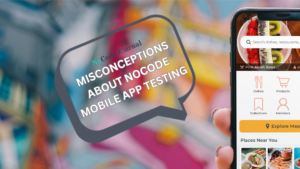
Misconceptions About NoCode Mobile App Testing
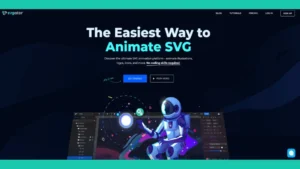
NoCode Tool: SVGator

Nocode Tool: Hive
Explore related posts

The Importance Of OutSystems PoCs
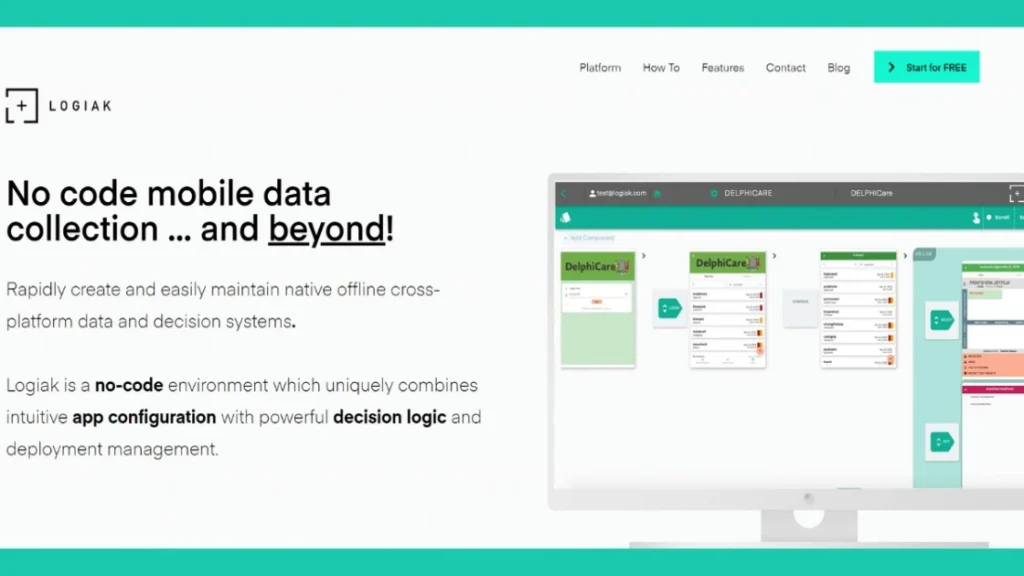
NoCode Tool: Logiak
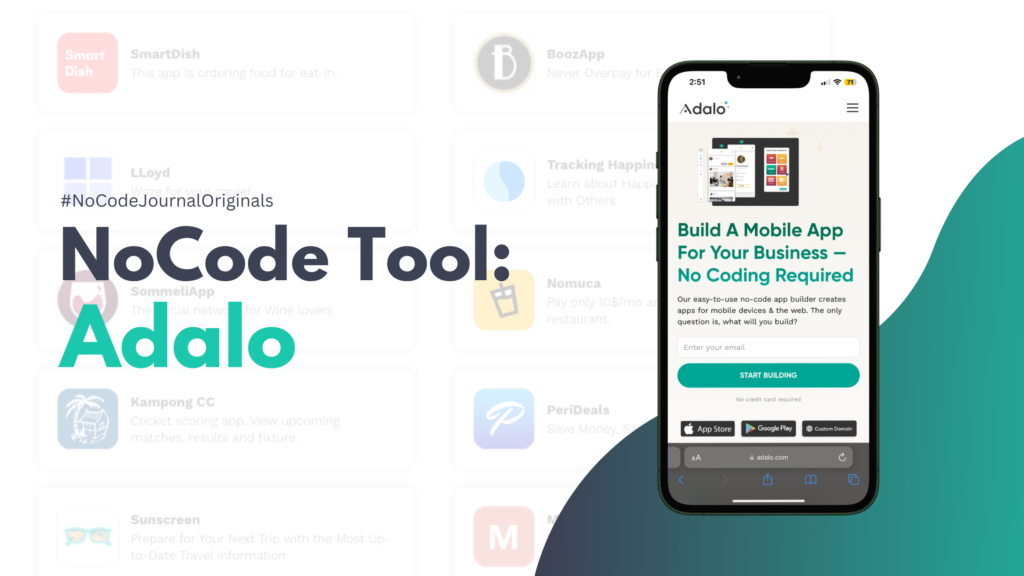
NoCode Tool: Adalo







